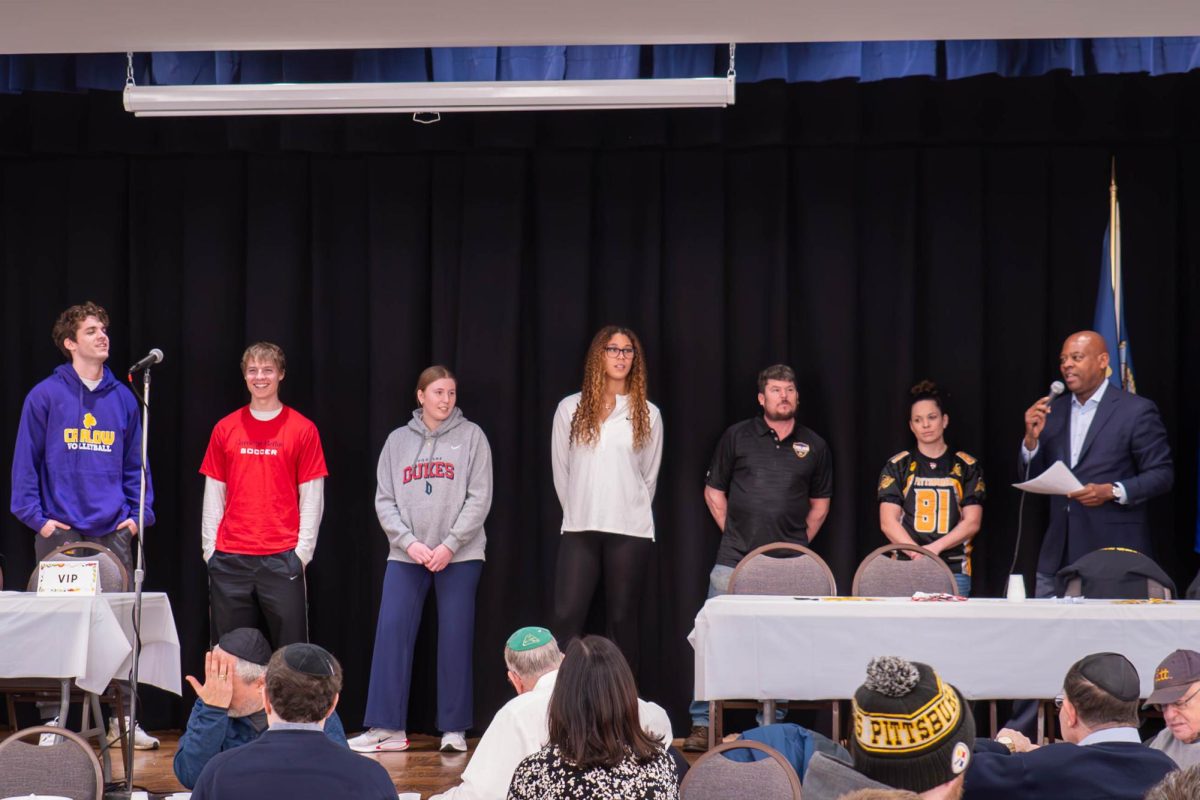Efterklang’s Parades marches from speakers
March 22, 2009
Violins, guitars and synthesizers aren’t always the smartest of mixes, but sometimes folktronic… Violins, guitars and synthesizers aren’t always the smartest of mixes, but sometimes folktronic bands like Efterklang can get their quantities balanced in an even fashion. Efterklang’s album, Parades, hits a sweet note once people can accept that the band’s name is a Danish word for remembrance and reverberation, and the album’s name is plain old English. Luckily the album box itself can smooth this oddball out. The album is covered with a bright collage of building blocks. Very colorful pathways and stairs galore lead to buildings that might as well belong on a child’s play set. It’s colorful, it’s fun to look at and it inspires smiles with the memories the shapes might alight. Does the artwork match the 11 songs, though? Well, amazingly, it kind of does. For ‘Polygyne’ Efterklang uses a violin along with computer and piano, and completes the first track with a humming choir and harmonizing vocals. This doesn’t mean the song is meant to have recognizable lyrics ‘mdash; it sounds a bit like Sigur Ros. Next up, ‘Mirador’ introduces the flutes and the brass sitting at the back of the orchestra and recording room. It’s pretty, and the vocalists continue to harmonize with their melody well. Still, it’s a little disappointing to not hear recognizable syllables enunciating their points in time with the drum. Short but fully lived, ‘Him Poe Poe’ lives up to the ‘tronic’ in folktronic, kicking off with a synthesizer, opening for its piano and guitar. Oddly, among the violin notes there are traces of words ‘mdash; which might translate into, ‘For all the world / they’re ringing now. / Silver bells, / oh the words they’re singing now.’ Of course, others might hear differently. ‘ ‘Horseback Tenors’ might be one of the most classically beautiful tracks, with the plucking of strings, the singing of a bow on a violin and a long lost comfortable feeling that reminiscences of those years when everything seemed festively beautiful. It’s a little weird to hear ‘Mimeo’ right after, with nothing but a melancholic piano-bass duet filling the room and begging listeners to drop a tear for it. Emotionally, these two tracks are good to mess with someone’s head. Got it. At least the album is varied ‘mdash; it’s better to hear different emotional levels mixed in with the instruments than to hear the same thing over and over again. Especially if listeners really, really want their lyrics. It probably isn’t going to happen easily ‘mdash; it’ll take a good ear to catch these syllables. But at least this folk music is not out of date and impossible to stand ‘mdash; so even if the words escape, the chords won’t.


